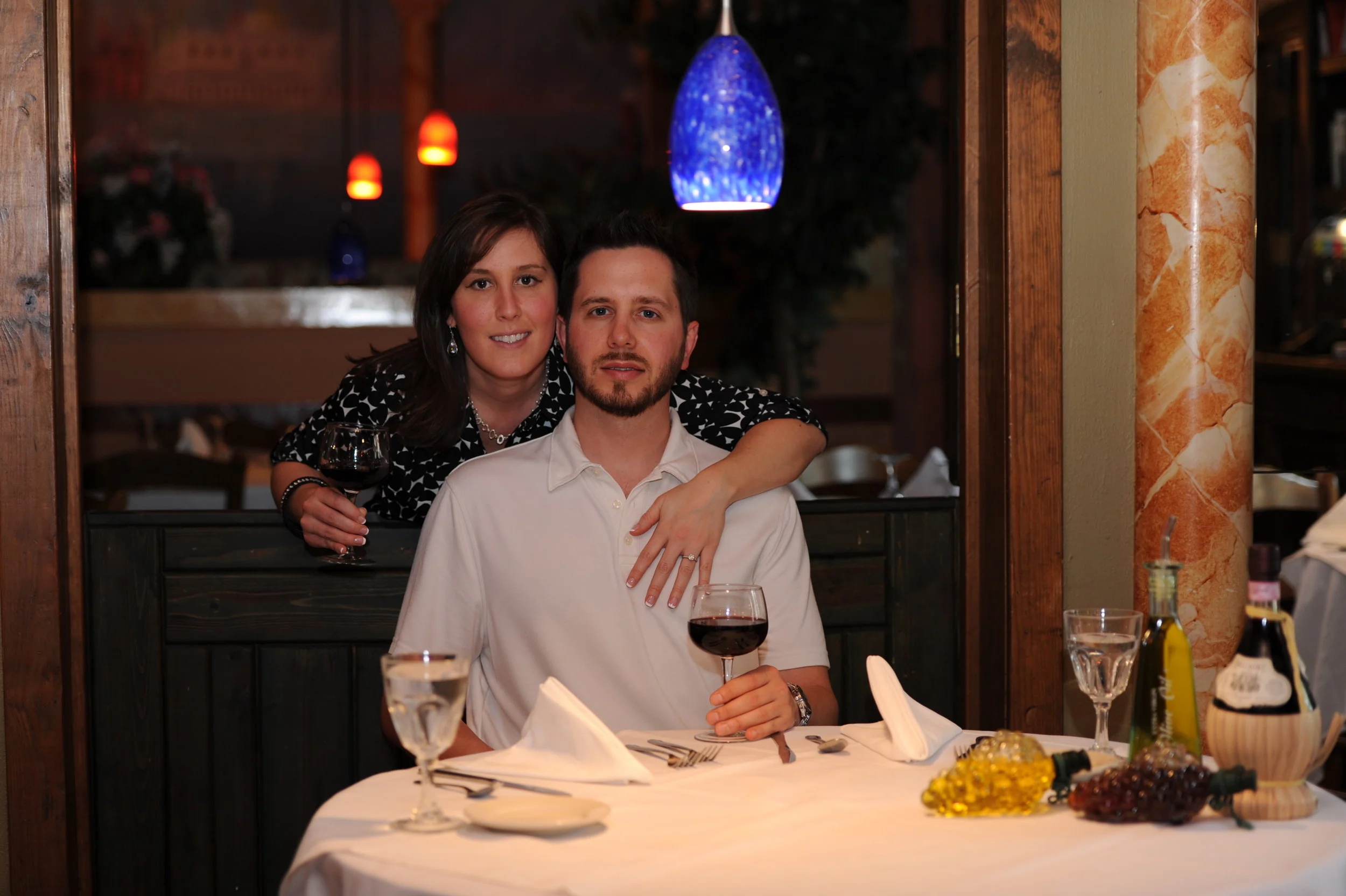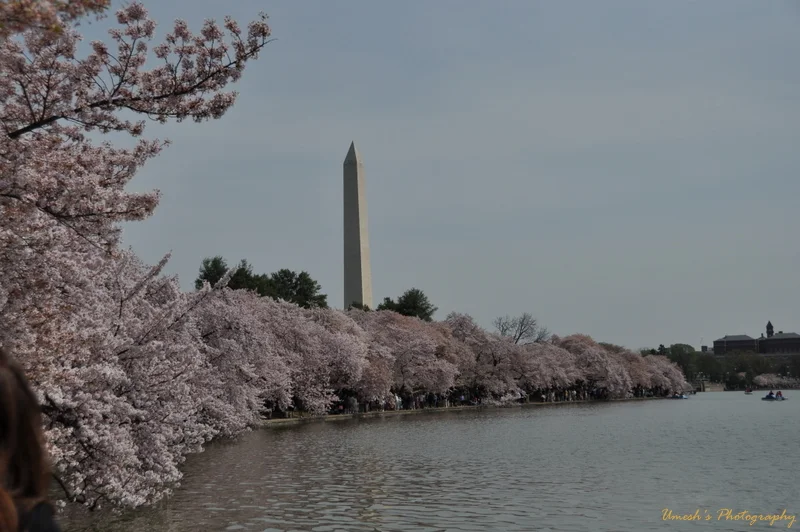This post is a part of our Q&A section. If you want to submit your question, please use the form in the Contact page.
Manjit Singh (Delhi, India) asked : Can you please explain me about Depth of Field and it’s relation to the camera settings?
This is what Wikipedia says about DoF - In photography, depth of field (DoF) is the distance between the nearest and the farthest objects in a scene that appear acceptably sharp in an image. Although a lens can precisely focus at only one distance at a time, the decrease in sharpness is gradual on each side of the focused distance, so that within the DoF, the unsharpness is imperceptible under normal viewing conditions.
Sometimes you want to focus everything inside the frame (for example you are doing landscape photography), and a large DoF is appropriate. And in other cases where you are doing macro photography or portrait photography and want to blur the background, a small DoF may be more effective, emphasizing the subject while de-emphasizing the foreground and the background. Usually, a large DoF is often called deep focus or deep depth of field, and a small DoF is often called shallow focus or shallow depth of field. Now let’s discuss briefly about these terms.
Shallow depth of field: When you selectively focus one part of the image and let rest of the image go out of focus, you will get shallow depth of field. This is pretty famous when you are shooting macro or portrait and want to blur the background or produce nice bokeh in the background.
Shallow depth of field
Focal length : 28mm Aperture : F/4.5 Shutter speed : 1/40 sec ISO : 200
Deep depth of field: When you want to keep everything inside the frame from the foreground to background in focus using correct combination of camera settings, it is called deep depth of field or larger depth of field.
Deep depth of field
Focal length : 32mm Aperture : F/8 Shutter speed : 8 sec ISO : 200
Now let’s take a look at the camera settings that affect depth of field. The DoF is determined by an Aperture, lens Focal length and the physical distance from the subject.
1. DOF and its relation to an Aperture
To get shallow depth of field, you need large opening of the Aperture. And please keep in mind that large opening of Aperture means small f-stop value. Smaller the f-stop value, larger the lens aperture opening will be (allows more light and faster shutter speed) and larger the f-stop value, smaller the lens aperture will be (allows less light and slower shutter speed).
In another word, we can say: for a given subject magnification, increasing the f-number (decreasing the aperture diameter) increases the DoF; decreasing the f-number decreases DoF.
If we keep the focal length and the distance from the subject fixed: larger the opening of Aperture (small f-stop value), shallower the depth of field you will get and smaller the opening of Aperture (large f-stop value), deeper the depth of field you will get.
2. DoF and its relation to the Focal length
Focal length is something that depends on type of the lens you are using. If you are using zoom lens, you can zoom in and zoom out to increase and decrease lens focal length.
If we keep an Aperture and the Distance from the subject fixed: larger focal length will give you shallower depth of field and smaller focal length will give you deeper depth of field.
3. DoF and its relation to the Distance
Physical distance from the subject to the camera also affects depth of field.
If we keep an Aperture and the focal length fixed: closer you are to the subject, shallower your depth of field will be and farther you are from subject, deeper your depth of field will be.
Conclusion: Larger aperture opening (small f-stop value), closer to the subject and larger focal length will give you the shallowest depth of field possible.














